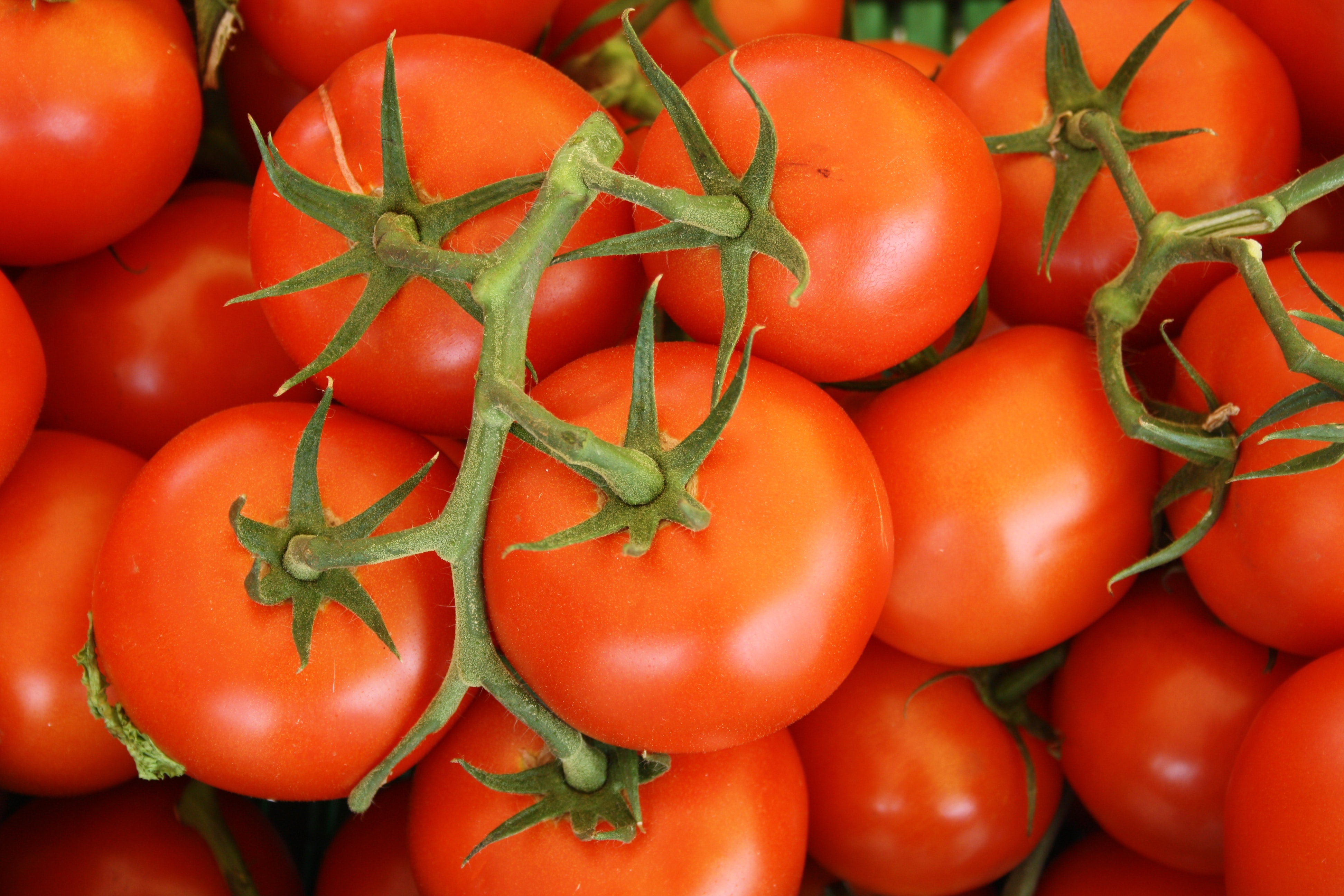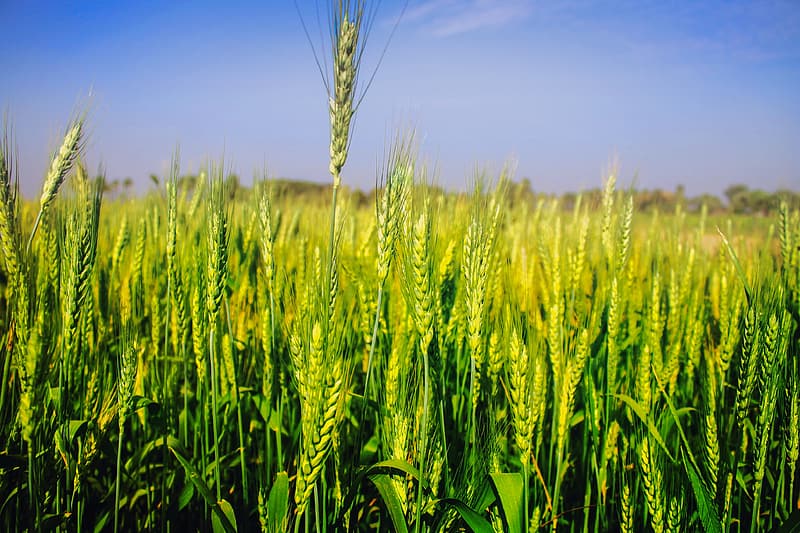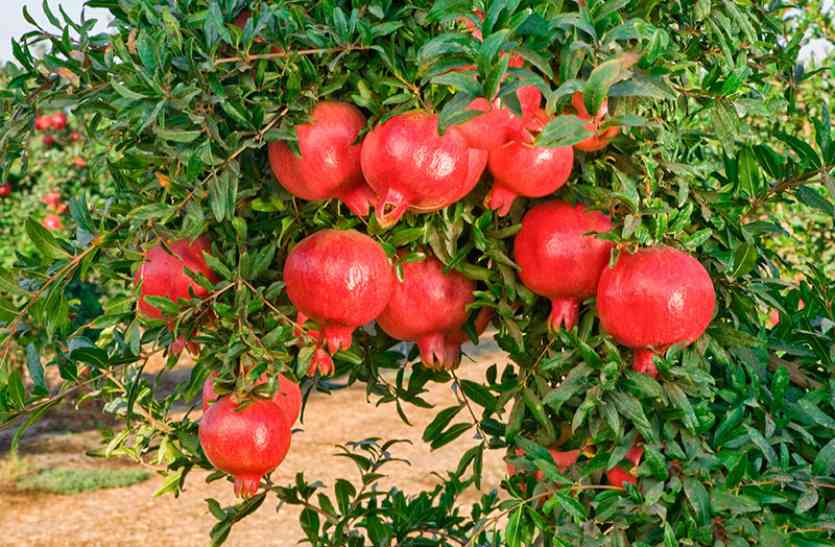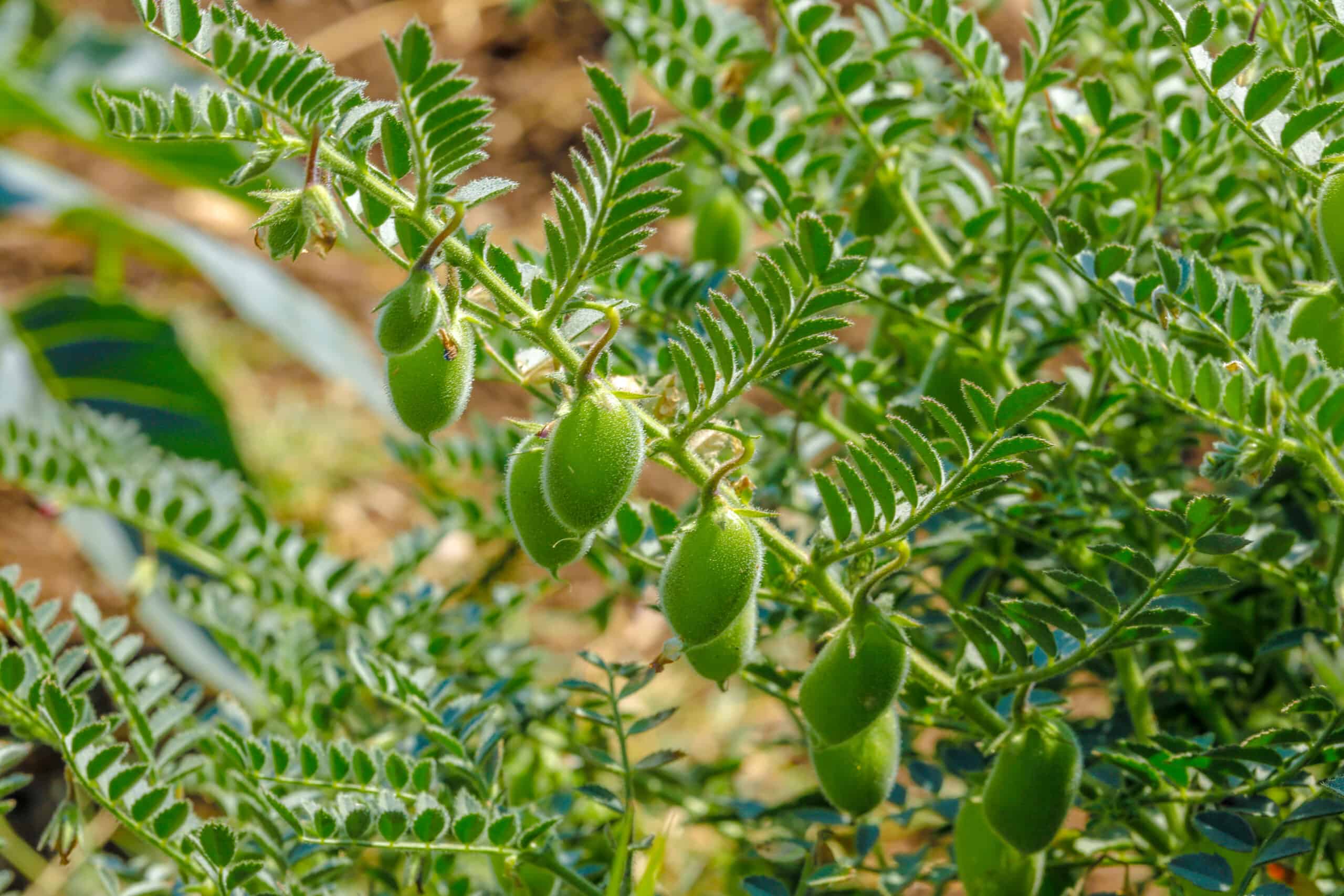
How to get better quality yield by integrated Management of Thrips in Onion crop?
- By Agrosiaa Admin --
- Mar 01, 2021--
Hello farmer friends!
Onion is the most important commercial crop due to its widespread use in the diet of Indians. Thrip is the most harmful pest affecting the leaves of onion crops worldwide.
So friends, this is why, in this article we are going to learn about the most annoying insects to all Onion farmers. We will also look at important information on how to do integrated management of thrips in Onion crop.
Let's get to know the thrips first!
1. Polyphagous in nature i.e. affects more than one crop.
2. The thrips are very small in size. The full grown flower is about 1 millimetre in size.
3. They are yellowish brown in color and have dark cross-shaped scars on the body.

THRIPS FOUND IN ONION CROP
4. Due to high reproduction rate and short generation period, many generations are formed in a short period of time.
5. Thrips can live longer in their dormancy (pupae and instars).
6. They have ability to infect and spread plant diseases
7. It has ability to develop early resistance to pesticides.
8. Thrips cause major damage to Onion crop mainly during Rabi season. In dry air and at a temperature of 25 to 30 degrees Celsius, the thrips grow rapidly.
Do you know how thrips damages the Onion crop?
1. The female lays 50-60 white eggs on the leaf. The larvae come out from egg in 4 to 7 days. The life span of larvae is usually six to seven days. It can be up to 23 days in December.
2. Larvae and adult leaves scratch and absorb leaf sap, causing white scars on the leaves.

WHITE SCARS ON THE LEAVES OF ONION CROP DUE TO INFESTATION OF THRIPS
3. The leaves become crooked or curved due to the addition of numerous dots.
4. Insect infestation can occur in all stages of the crop. In case of severe infestation of thrips in the seedling stage, the leaves become dry and the Onion bulb not developed well.
5. The neck of Onion thickens when thrips attack while onion bulb development. Onion does not last in storage for long time.
6. During the day when the temperature rises, this pest hides deep in the leaf litter or in the grass on the embankment.

THRIPS DEEP IN THE LEAF LITTER OF ONION CROP
7. Wounds caused by this insect spread the pathogens responsible for blight. This increases the incidence of blight disease.
8. Thrips has an uninterrupted life cycle as crops like Onion, Tomato; Aster etc. are available throughout the year.
How can we do integrated pest management to control thrips in Onion crop?
1. Insects that spread pest-disease exist everywhere and in nature at all stages. They increase in intensity when nutritious weather is available. Even spraying expensive pesticides often does not control the pests well. Integrated pest management is essential at such times. For this we need to consider the following.
2. Planting in an area should be completed within a week depending on the season. Therefore, the life cycle of insects can be broken by keeping a long interval between the two seasons.
3. Cereal or millet crops should be taken along with Onion crop for crop rotation.
4. 30 days before planting of onion crop, around the field of onion crop (250 sq.m.), two rows of maize or one outer row of maize and one inner row of wheat should be planted as a barrier crop to prevent movement of adult caterpillars.
5. Prior to planting of seedlings, mix 4 kg Phorate 10 G in soil per acre. This helps to protect against insects for the first few days.
6. Seedling treatment should be done before planting of Onion seedlings. Carbosulfan 25% EC @ 1 ml per litter of water should be mixed and the seedlings should be soaked in this solution for two hours.
7. Precaution is better than cure! Therefore, install 10 to 20 blue sticky traps per acre in the field. Insects sticking to it do not cause reproduction, the life cycle of the first generation of insects slows down and the numbers remain under control.

BLUE STICKY TRAPS THAT ATTRACT THRIPS
8. The number of sprays can be reduced if pesticides are used while the number of insects is within the specified limits. It helps to reduce emission of toxic substances and ultimately reduce environmental damage, and save on labour costs.
9. Instead of using a single pesticide, change it regularly so that the insects do not develop resistance to the pesticides and the insects come under control with low intensity spraying. It will also save cost to the farmer and will not harm the nature, so pesticides need to be replaced alternately.
10. As onion leaves are smooth, 10 ml of sticker should be used while spraying.
11. Depending on the incidence of pests, spray the pesticides alternately at intervals of 10 to 15 days.
12. 30 days after planting at 35-70% humidity, the two sprays of Verticillium lecani @ 5 gm per litter should be applied at intervals of 8-10 days.
13. Depending on the infestation, spray the following pesticides alternately in 10 litters of water.
1) Fipronil 5% S.C. @ 15 ml
2) Cypermethrin 25% E.C. @ 5 ml
3) Profenofos 50% E.C. @ 10 ml
4) Lambda cyhalothrin 5% E.C. @ 5 ml
5) Quinolphos 25% E.C. @ 20 ml
6) Carbosulfan 25% E.C. @ 20 ml
7) Chloropyrifos 20% E.C. @ 20 ml
8) Dichlorvos 76 E.C. @ 15 ml
Conclusion:
My dear friends, in order to get quality and high yield of Onion, we need to control thrips in the crop. For this, we should take care of the important points mentioned below.
1. Cereal or millet crops should be taken along with onion crop for crop rotation.
2. Do deep ploughing of the soil.
3. Install blue sticky traps in the field.
4. Use sticker while spraying.
5. Recommended chemical pesticides should be used during high incidence.
So friends, you learned about an insect problem in the Onion crop. In the next article we will bring you important information about Onion nursery planting and its management. Until then, stay with your friend.
See you soon!
Ram Ram!











IMPORTANT LINKS
http://krishi.maharashtra.gov.in/Site/Upload/Pdf/PMFBY__2020_Gr_for_publication.pdf
http://krishi.maharashtra.gov.in/Site/Upload/Pdf/PMFBY_Process_Leaflet_Final_Print_File_15-10-2020.pdf